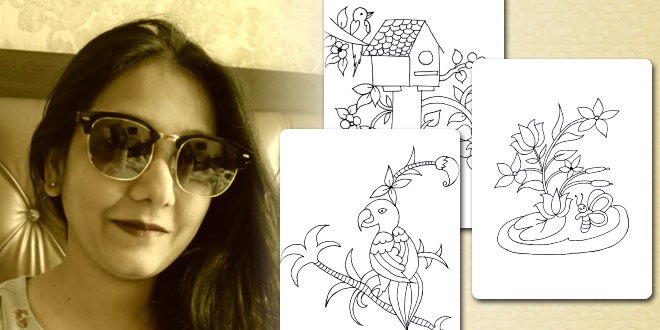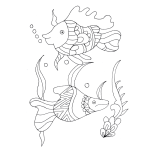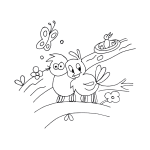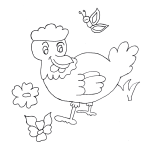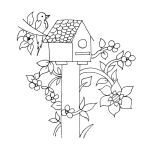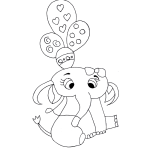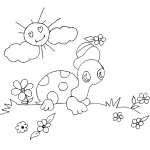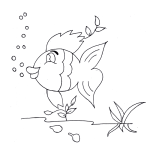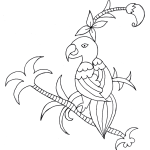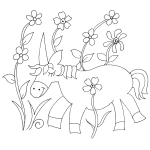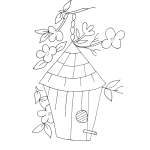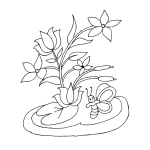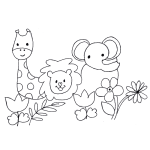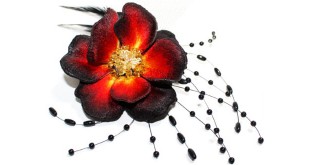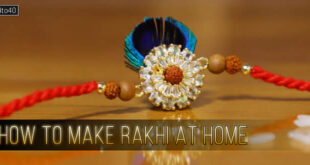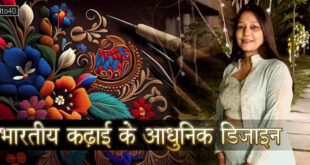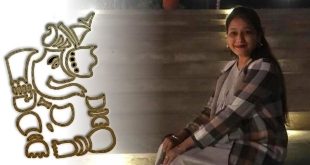Simple Hand Embroidery Designs Sketches: Embroidery in India has come a long way. As fashion trends changed with time, Indian Embroidery adapted to the new climate and managed to remain elegant and sophisticated. While each embroidery technique possesses its specialty, one thing is for certain, each one of them makes a serious style statement.
Simple Hand Embroidery Designs: Sarika Agrawal
Let’s take a glance at Traditional Embroideries of India that bring with them an edge on the fashion front:
Simple Hand Embroidery Designs Sketches
Chikan / Chikankari: Simple Hand Embroidery Designs
- Origin: Rumored to having been introduced by Noor Jahan, wife of Jahangir, Chikankari originated from Lucknow, Uttar Pradesh. It began with white embroidery on a white cloth, but today, it is available in all colors imaginable.
- Creation: Requiring patience and skill, this embroidery is done by stitching on patterns traced on a variety of cloth materials like muslin, silk, chiffon, net, cotton, etc. Initially, white thread was used to depict motifs of nature (flora and fauna), but now colored threads are used as well.
- Style: From sarees to suits, lehengas to palazzos, chikan embroidery is chosen by women to showcase elegance which comes guaranteed with the intricacies of the stitches and patterns. Suitable for both daily wear and special occasions, you can make a distinguished style statement whenever you wear chikankari.
Zari / Zardosi: Simple Hand Embroidery Designs
- Origin: Introduced by the Mughals in the 16th century, Zari is the very form of opulence. The word Zardosi comes from Persian words for gold (zari) and embroidery (dosi).
- Creation: Metallic threads were used on silk and velvet. Originally, Zardosi embroidered clothes used gold or silver threads with precious stones and pearls making them luxury items, exclusively worn by the rich.
- Style: While previously this embroidery was a mark of the rich, nowadays gold-colored plastic threads are used, making this form of art more affordable. Available on sarees, suits, blouses, and lehengas, Zardosi gives you the rich look which brings with it confidence and glamour.
Aari
- Origin: The name of this embroidery comes from the hooked, sharp needle, which is used for this technique. Aari owes its origin to the Mughals and is practised in Rajasthan, Lucknow, and Kashmir.
- Creation: The very image of finery, the Aari embroidery is created by using a hooked needle to make chain stitch loops, often using beads and sequins for embellishments.
- Style: With highly detailed designs inspired by nature, Aari stands apart in its richness. Oftentimes focussing on the body of the saree, the blouse is left plain, which adds to an unparalleled style statement. Easy to maintain and style, any material with Aari embroidery provides comfort with fashion.
Banjara
- Origin: The nomadic tribes of Banjara did not limit themselves to a single geographical location which allowed this style of embroidery to disperse across various regions, facilitating variations in the technique and designs.
- Creation: Using a brightly colored base cloth, motifs for this embroidery are highlighted by cross-stitch in geometric patterns. Chain stitch and overlaid quilting stitch is also used for unique designs, sometimes embellished with mirrors and beads.
- Style: With a combination of patchwork and Mirrorwork, the Banjara embroidery gives vibrance to the everyday ethnic look. It is included in both modern garments as well as the traditional ones. You can find Banjara embroidery on dresses, suits, lehengas, blouses, and bags. For a casual and bright look, Banjara embroidered clothes or accessories are the best options. A fusion look can also be effortlessly created by mixing a Banjara embroidered bag with a western outfit along with the signature ethnic look with traditional accessories.
 Kids Portal For Parents India Kids Network
Kids Portal For Parents India Kids Network
